T-shirts are the unsung heroes of wardrobes. Whether you’re dressing up or down, heading to a casual outing, or even semi-formal events, a well-chosen T-shirt can strike the perfect balance between comfort and style. But how do you pick the right T-shirt for every occasion? It might seem straightforward, but the devil is in the details—fabric, fit, style, and occasion-specific choices all matter. Here’s a comprehensive guide to help you select the perfect T-shirt for any event.
1. Consider the Occasion
The first step in choosing the right T-shirt is to think about where you’ll be wearing it. A T-shirt for a laid-back afternoon at the park will be vastly different from one for a business casual office setting.
- Casual Day Outings: For everyday wear or weekend hangouts, go for comfortable and breathable fabrics like cotton. These T-shirts can be in any color or print—graphic tees, stripes, or solids, depending on your style.
- Semi-Casual Events: Attending a casual office party, meeting friends for brunch, or going to the movies? A well-fitted plain T-shirt in neutral tones such as white, black, or grey will look polished without being overdressed. Pair it with jeans or chinos, and you’ve got an effortlessly chic outfit.
- Active or Sports Events: For physical activities or sports, opt for moisture-wicking materials like polyester or blended fabrics designed to keep you cool and dry. These T-shirts often come in vibrant colors and feature logos or minimal designs. Functionality is key here.
- Workplace: Some modern workplaces allow casual or business-casual attire. In such environments, a plain, well-fitted T-shirt can be acceptable when paired with a blazer or a structured jacket. Stick to muted, professional colors—think navy, charcoal, or beige.
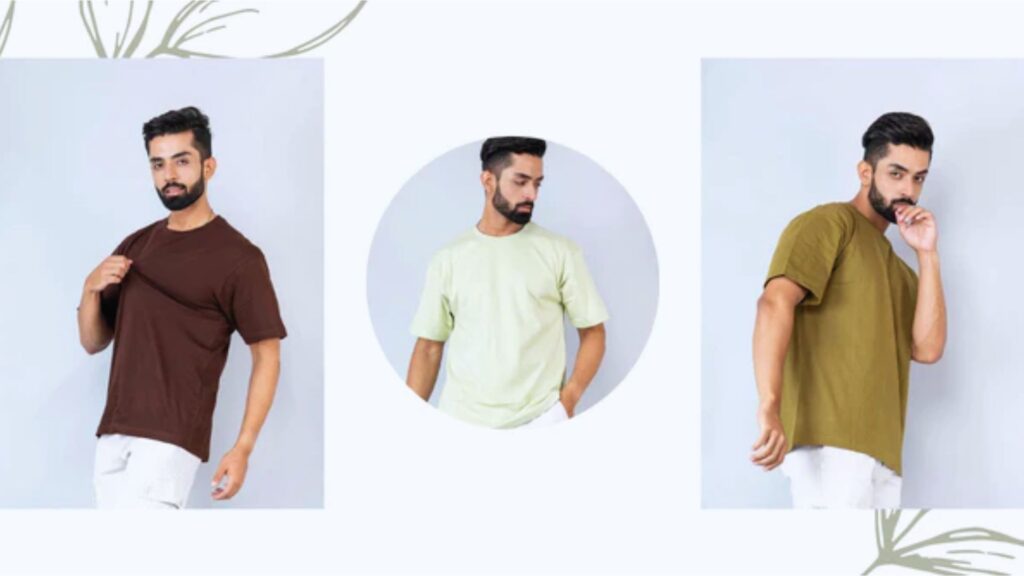
2. Choosing the Right Fit
Fit is everything when it comes to T-shirts. No matter how stylish a T-shirt looks on a hanger, if it doesn’t fit right, it won’t look good on you. Here’s how to determine the best fit based on your body type and preference.
- Slim Fit: Ideal for athletic builds, slim-fit T-shirts contour to the body without being too tight. They are cut closer to the chest, shoulders, and arms, giving a tailored appearance. If you prefer a more streamlined look, the slim fit is your best bet. However, avoid it if you’re uncomfortable with fitted clothing or if you want a more relaxed style.
- Regular Fit: This is the classic fit, offering a comfortable and slightly looser cut. It’s great for those who prefer a bit of breathing room while still looking sharp. Regular-fit T-shirts work well on most body types and are versatile enough for casual or slightly formal settings.
- Oversized Fit: This relaxed, street-style fit has been trending for a few years now. Oversized T-shirts are perfect for casual wear, especially when you want to make a fashion statement without sacrificing comfort. They’re usually paired with slim or tapered pants to balance the proportions.
- Length: The hem of the T-shirt should ideally hit around your hips. Anything shorter will look too small, while a too-long T-shirt might seem ill-fitted or sloppy. However, for oversized or streetwear looks, longer T-shirts are part of the appeal.
3. Pick the Right Fabric
Fabric is a crucial factor in determining how comfortable, breathable, and appropriate a T-shirt is for different occasions. Here’s a rundown of the most common T-shirt fabrics:
- Cotton: The most common and popular material for T-shirts, cotton is soft, breathable, and durable. It’s perfect for everyday casual wear. However, 100% cotton T-shirts tend to wrinkle easily and may shrink after washing.
- Cotton Blends: For a more durable and flexible option, look for cotton blends like cotton-polyester or cotton-spandex. These fabrics are less likely to shrink and offer a bit of stretch for added comfort.
- Linen: Lightweight and breathable, linen T-shirts are excellent for hot weather or summer outings. However, linen wrinkles easily, which may not be ideal for more formal settings.
- Polyester: Commonly used in sports or activewear, polyester T-shirts are moisture-wicking, durable, and resistant to wrinkles. They’re perfect for athletic events or situations where you’ll be sweating more.
- Modal: A newer fabric made from beech tree pulp, modal is softer than cotton and more resistant to shrinking and fading. It’s often blended with cotton to give T-shirts a smooth, luxurious feel.
4. Color Coordination
Choosing the right color can make a huge difference in how appropriate your T-shirt is for an event. The color should complement your skin tone and work with the rest of your outfit.
- Basic Colors (White, Black, Gray, Navy): These colors are versatile and work in almost any setting. A plain white T-shirt, for instance, can be paired with jeans for a casual look or layered under a jacket for a more sophisticated outfit. Black is slimming and works well in the evening or during colder months.
- Bright Colors (Red, Green, Blue, Yellow): For outdoor events, beach trips, or summer activities, feel free to experiment with brighter colors. Just ensure that the color complements your skin tone and isn’t too overpowering for the occasion.
- Muted and Neutral Tones (Beige, Olive, Maroon): Neutral tones are ideal for semi-formal or business-casual settings. They exude sophistication without being too flashy.
5. Neckline Matters
Neckline choice can greatly affect how a T-shirt looks on you and where it’s appropriate to wear.
- Crew Neck: The classic round neckline works well for most body types. It’s a staple that can be dressed up or down and is appropriate for casual to semi-casual occasions.
- V-Neck: V-necks can elongate the neck and provide a more stylish appearance. They’re ideal for casual events but can also be dressed up with a blazer or jacket.
- Henley: The buttoned-down version of a crew neck, Henleys are more rugged and masculine. They offer a slightly more formal look than a standard T-shirt, making them perfect for casual date nights or evening outings.
- Scoop Neck: Less common but increasingly trendy, scoop neck T-shirts feature a wider, deeper neckline. They work well in more casual or fashion-forward settings.

6. Layering Options
T-shirts can serve as excellent base layers. Depending on the occasion, layering your T-shirt can either make it more formal or relaxed.
- Under a Blazer or Suit Jacket: A plain, well-fitted T-shirt can replace a dress shirt for a contemporary business-casual look. Stick to neutral colors and ensure the T-shirt isn’t too bulky.
- Under a Cardigan or Sweater: For cooler weather, layering a T-shirt under a cardigan or a light sweater adds both warmth and style.
- With a Flannel or Button-Down Shirt: Pairing a T-shirt with an open button-down shirt or flannel is a timeless, casual look perfect for weekend outings or informal events.
Final Thoughts
Choosing the right T-shirt involves more than just picking one off the rack. From fit to fabric, color to neckline, and the occasion itself, there’s a lot to consider. By keeping these factors in mind, you can easily select the perfect T-shirt for any event, ensuring you always look stylish while staying comfortable.
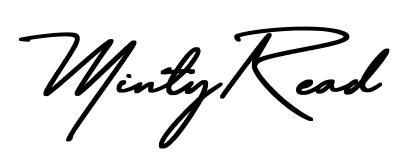



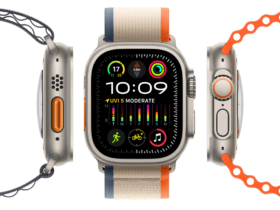







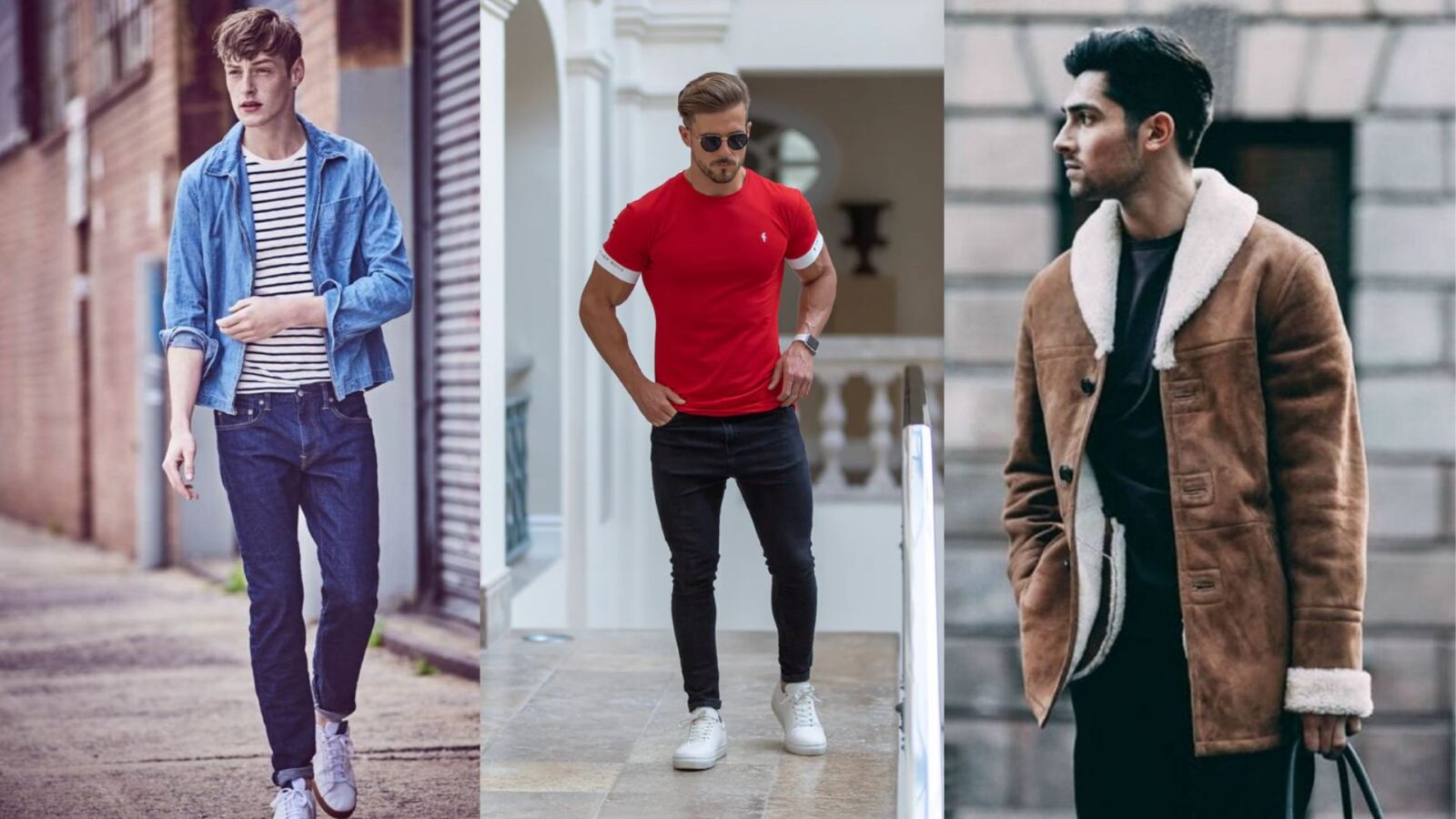
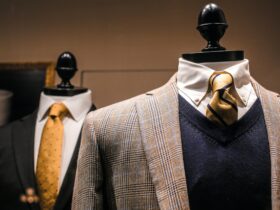





Leave a Reply